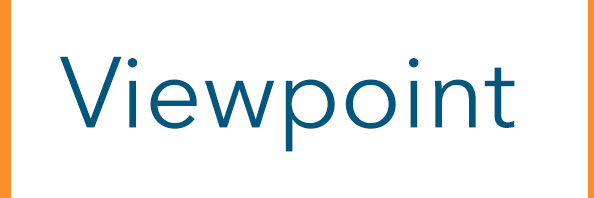For years, community colleges have strived to meet their original mission: access for all. This mission is now coupled with a new imperative of accountability from internal and external stakeholders, accreditors and social unrest in our country.

During these unique times, there needs to be transformational leadership to ensure that we are equitably serving the community. Equity is often a term that is used either interchangeably with equality or is interpreted as a focus on race.
Equity is the practice of developing strategies that meet students and employees where they are. Simply put, if a patient goes into an emergency room with a broken thumb, the patient will not receive the same service as the person rushed in by ambulance for a heart attack. The needs are different, the approach is different, and the cure is different.
Similarly, when you apply a lens of equity in educational leadership, practitioners must apply the equity lens in policy and practice. The equity mindset is “a mode of thinking that is exhibited by practitioners who call attention to patterns of inequity in student outcomes,” according to “Transformational Change in Community Colleges,” which I co-wrote with Christine Johnson McPhail in 2021.
This article comes from the current issue of the American Association of Community Colleges’ bimonthly Community College Journal.
Understanding equity is half the battle. Leading community colleges in today’s difficult times takes true leadership. Funding gaps, state policies and crisis management make the required leadership for transformational change a challenge. However, the American Association of Community Colleges (AACC) has a roadmap that when applied to the equity lens can transform an institution.
A roadmap for transformation
John P. Kotter’s 1996 book, “Leading Change,” and the AACC Competencies for Community College Leaders provide a framework for utilizing existing educational structures to transform an institution and lead it toward becoming an equity-centered college. While the steps outlined below appear linear, it is and should be an iterative process known as the Equity-Centered Transformational Change Model:
- Create a sense of urgency through the existing organizational culture. Because equity will be a “new” concept to most institutions, leaders must first scan the institution culture to assess existing policies and practices. Leaders must engage the internal and external stakeholders to better understand institutional values/norms that may become a barrier to developing an equity-centered culture.
- Identify a coalition through governance and by mobilizing others. As leaders begin with the end in mind—an equity-centered institution — it is important to work with and through stakeholders to accomplish the goal, according to Stephen Covey’s “The SPEED of Trust: The One Thing That Changes Everything.”
- Form a strategic vision through governance with clear communication and intentional collaboration. Developing an equity-centered vision will take intentional collaboration and communication with all stakeholders. Engaging the guiding coalition to craft an equity vision ensures that all voices are a part of the final product. The equity vision will be the way forward for the college. The equity vision serves as the bold statement by the college to adhere to equitable processes, practices and procedures in every way.
- Communicate the equity vision through and intentional collaboration and the governance process. Moving an equity agenda forward will be met with resistance; therefore, a volunteer army that understands the vision will be critical to success. It is important to draft people who want to be involved in this work. Forcing a group to move the equity vision forward will not create the genuine passion necessary as people communicate the vision and collaborate with others.
- Utilize institutional leadership and collaboration to empower employee into broad-based action. Leaders of the transformational change must feel empowered to identify, investigate, and eradicate barriers that exist at the college. These barriers come in many forms (people, policies, culture) that the guiding coalition will be able to identify and change.
- Generate short-term wins through relationship cultivation. As the equity agenda progresses, leaders of the effort must continue to build relationships throughout the institutions and celebrate wins. The more internal and external stakeholders hear about the changes, some of which are low-hanging fruit, the more people will want to be connected to the work.
- Consolidate gains utilizing institutional leadership. Once there is momentum at the institution around equity, leaders must model leadership behaviors that embed equity in their walk and talk. Transparency for the equity cause, advocacy for equity and customer service that supports equity for all are some of the important leadership behaviors required to sustain acceleration. Leaders who do not continuously model equity will not be able to sustain the followship around equity.
- Anchor equity in the culture through governance and revamping the institutional infrastructure (as needed). Most institutions will likely make policy and procedural changes to support the equity agenda, especially in the enrollment or employee recruitment process. For most community colleges, all policies have to be approved by the board, vetted through the internal constituent governance bodies, and approved at the executive level. Leaders should continue to utilize the governance process to implement the change to gain buy-in to new policies and procedures.
The challenges America’s community colleges face, in some cases, are outside of our control; however, closely examining structures, processes and culture(s) within the institution with an equity lens can be transformative. While the Equity-Centered Transformational Change Model can be implemented as a step-by-step process, it does have flexibility to be a situational change.
Here’s the point: community colleges are dynamic institutions and our leadership of change and/or processes guiding the change need to be equally dynamic. By using the Equity-Centered Transformational Change Model, the nation’s community colleges can remain focused on its original mission — true access!





